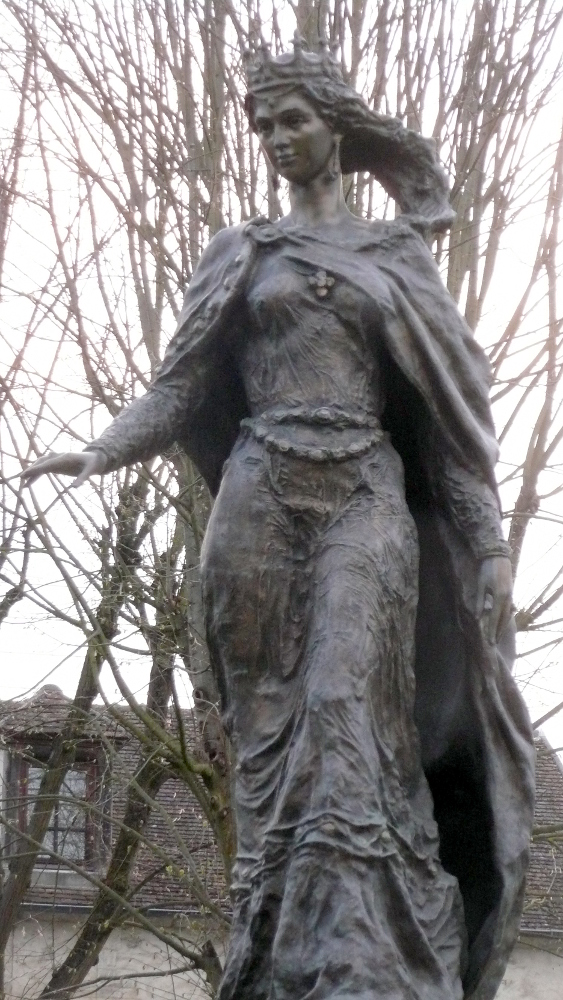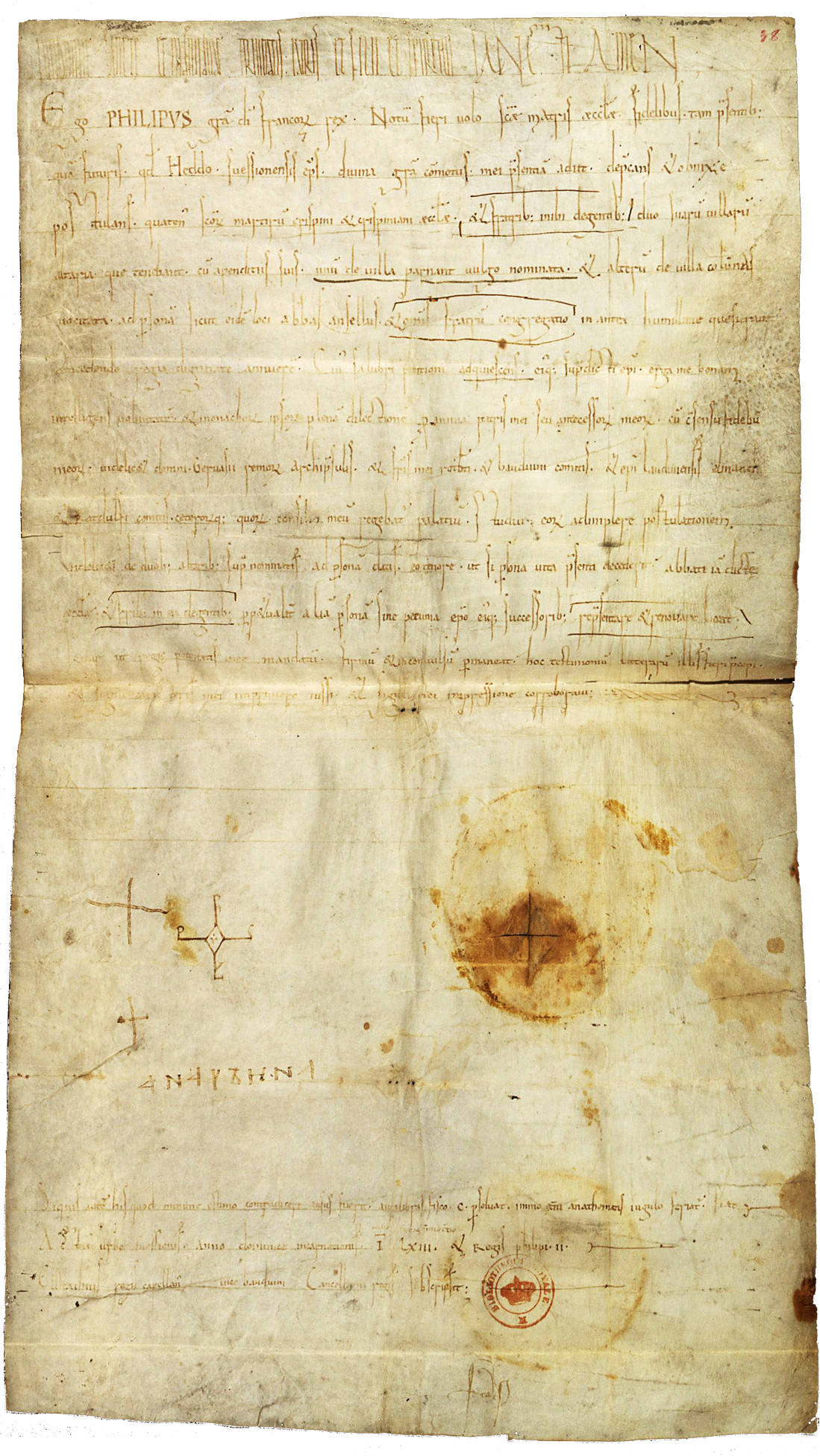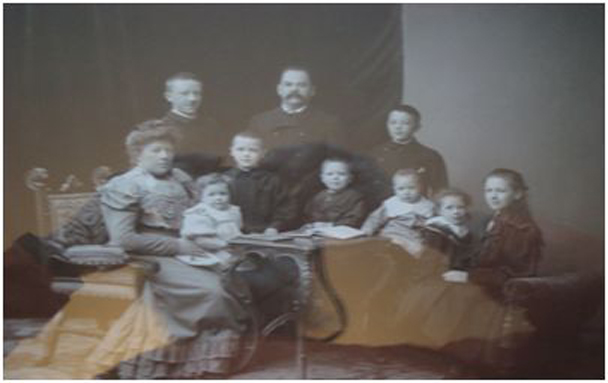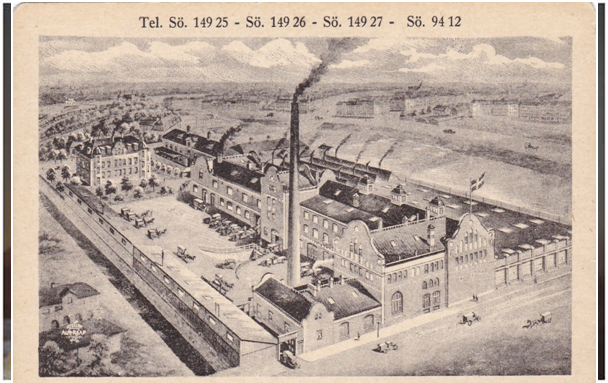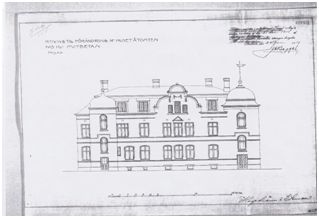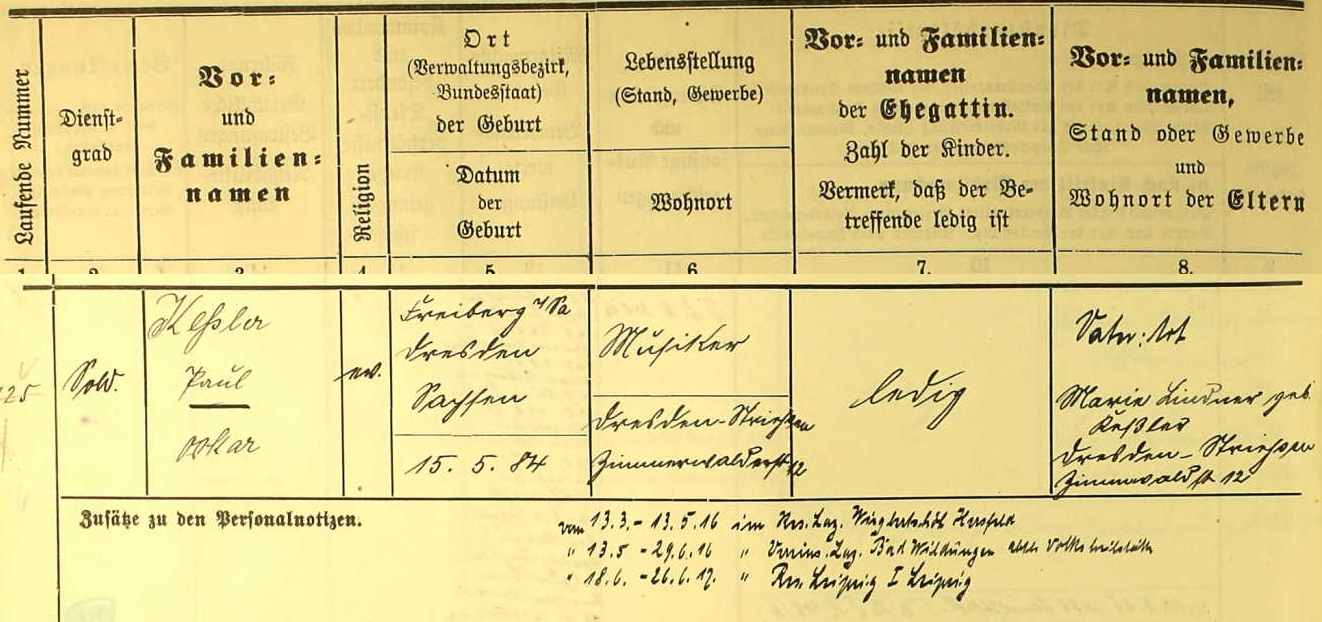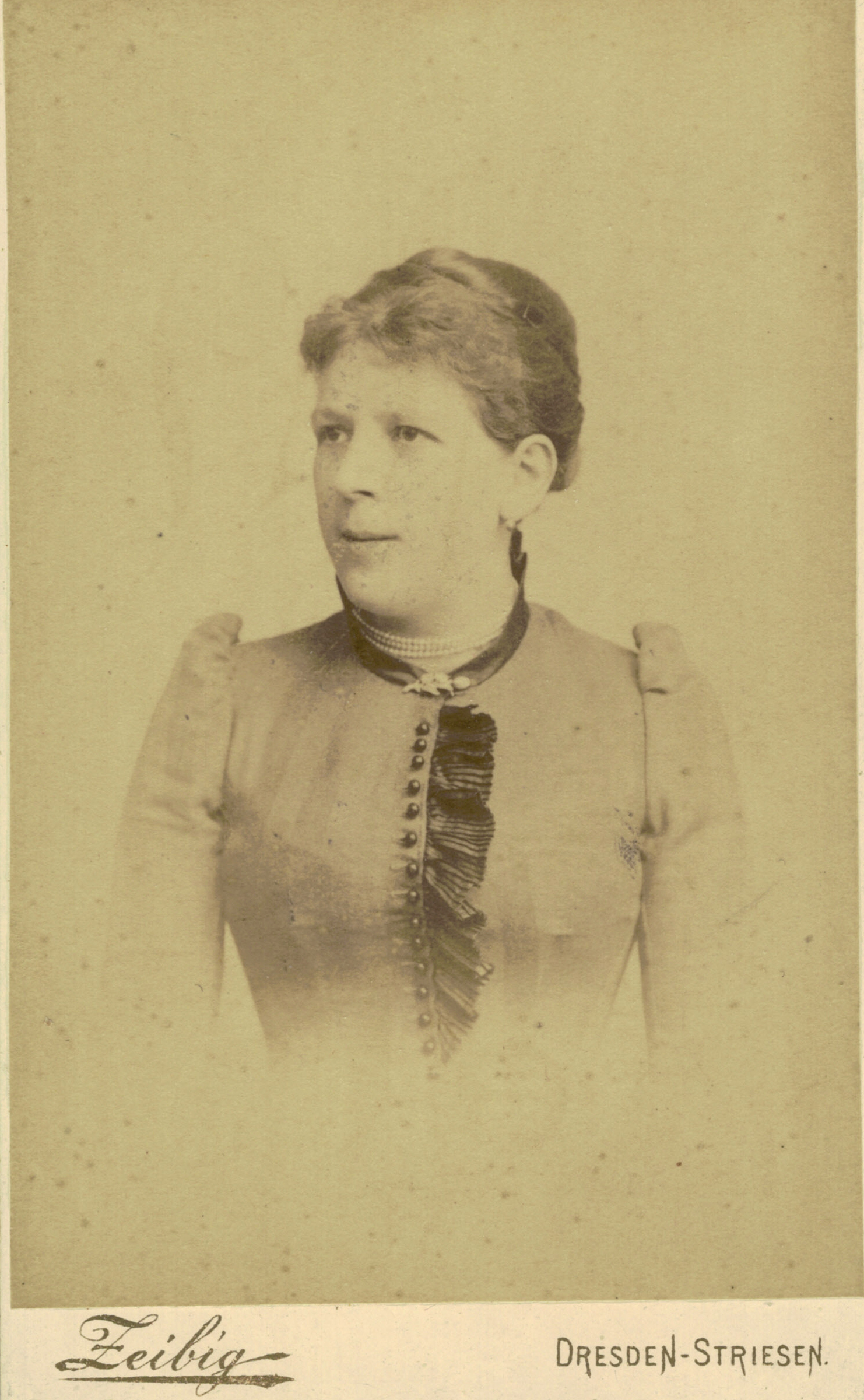Gary Barlow makes another appearance as a guest blogger this week. In keeping with the Global Family Reunion that took place in New York this past Saturday, June 6, I can now claim a relationship to royalty by marriage through cousin Gary. Here is Gary’s contribution to this week’s 52 Ancestors theme, “Wedding.”
A notable royal wedding for France and my family tree
By Gary Barlow
I recently discovered that one of my ancestral lines descends from members of the British aristocracy. Since then, I’ve found that that’s about as lucky a break as one can get in tracing ancestors. Because British and European nobles have historically placed such a high value on knowing who a person is descended from, the records on their families can go back as much as 1,500 years. Finding those ancestors in my family tree, I also discovered that two of them were married in a wedding that had significant implications in the history of France.
The noble connection for me begins with my 10th great-grandfather, Thomas Warren, born 1604 in Poynton, Cheshire, England. Thomas was the youngest son of Sir Edward Warren, Baron of Stockport, and his wife, Lady Susan Booth. About 1630, like the younger sons of many English nobles, Thomas moved to the American colonies, settling on the south bank of the James River near Jamestown, Virginia. My mother’s grandfather, William Henry Warren, was descended from him.
Going back from Edward Warren, I found that the Warrens had been Barons of Stockport all the way back to the mid-1300s and before that had been Earls of Surrey back to the 1100s. One of those ancestors, Sir John de Warenne (1231-1304), 6th Earl of Surrey, married Alice de Lusignan (1224-1291). They were my 24th great-grandparents. Alice de Lusignan in turn was the daughter of Hugh de Lusignan (1183-1249), Count of La Marche and Angouleme, and his wife Isabella Taillefer (1188-1246), who was the widow of King John of England (1166-1216) when she married Hugh de Lusignan. Isabella Taillefer was the granddaughter of King Louis VI of France (1081-1137) and Adelaide de Maurienne (1092-1154). That made all the previous kings of France my ancestors, going back to Hugh Capet (941-996), considered to be the first king of the state that grew into France.
One of the most remarkable of those ancestors is my 30th great-grandmother, Anna Yaroslavna, also known as Anne of Kiev, a princess who became queen of France upon her marriage to King Henry I of France on May 19, 1051, at the Reims Cathedral. Anna was born about 1030, one of eight children of Grand Prince Yaroslav I of Kiev (983-1054) and Ingegerd Olofsdotter (1001-1050), who was the daughter of Sweden’s King Olof. Yaroslav I ruled what’s known historically as Kievan Rus, the forerunner of the state that became Russia.
Before his marriage to Anna, France’s King Henry I had searched in vain for a suitable royal princess to marry and produce an heir. His first wife had died in childbirth and he was getting old for a man of that era. The available princesses of nearby states were too closely related to Henry for marriage, so finally he sent a delegation to distant Kiev, which was a rapidly growing military and political power under the leadership of Yaroslav I, known historically as “Yaroslav the Wise.” In fact, through shrewd alliances and marriages of his children to royal families in the Byzantine Empire, Norway, Poland, Hungary, and England, Yaroslav had greatly enhanced the power and prestige of his kingdom. Yaroslav also encouraged the arts and education and financed the building of significant cathedrals and churches in the Byzantine style. Kiev and Yaroslav’s court were, in fact, a much more refined and sophisticated city and royal court than Paris or Henry’s court at the time.
So when Anna arrived in France to marry Henry, he and his court must have been shocked to discover that Anna was very well-educated in history and politics and was fluent in five languages, including Latin and Greek. She had even learned French before her arrival. Neither Henry nor most of his court could even read and write. For her part, Anna was a bit shocked at first as well, writing to her father soon after her arrival that France was “a barbarous country where the houses are gloomy, the churches ugly, and the customs revolting.” She added that they didn’t bathe enough either and had served only three courses at her wedding banquet, in comparison to the five-course dinners she was used to every day in Kiev.
To his credit, Henry quickly realized how lucky he had been in his choice of a queen. He learned to consult her on his decisions, and in the remaining nine years of his life and reign many of his royal decrees included the inscriptions “With the consent of my wife Anna” and “In the presence of Queen Anna,” the only royal decrees in French history to bear such inscriptions. Many royal documents included Anna’s signature as well.
She did produce an heir for Henry, naming their son Philip, a name she brought from her knowledge of Greek history, thus introducing the name into the Western European royal tradition. The regard that Anna came to be held in by the French nobility and people was so high that when her son inherited the crown as King Philip I at age eight, Anna was chosen to serve as regent until he came of age six years later, the first queen ever appointed regent in French history. Another son, Hugh, was the founder of the Orleans branch of the French royal house.
Anna died Sept. 5, 1075, and is believed to have been buried at Villiers Abbey, which she had founded, in La Ferte-Alais, Essonne, France. A statue of her was erected and unveiled near there June 22, 2005, in a ceremony attended by President Victor Yushchenko of Ukraine, and French and UNESCO officials.
